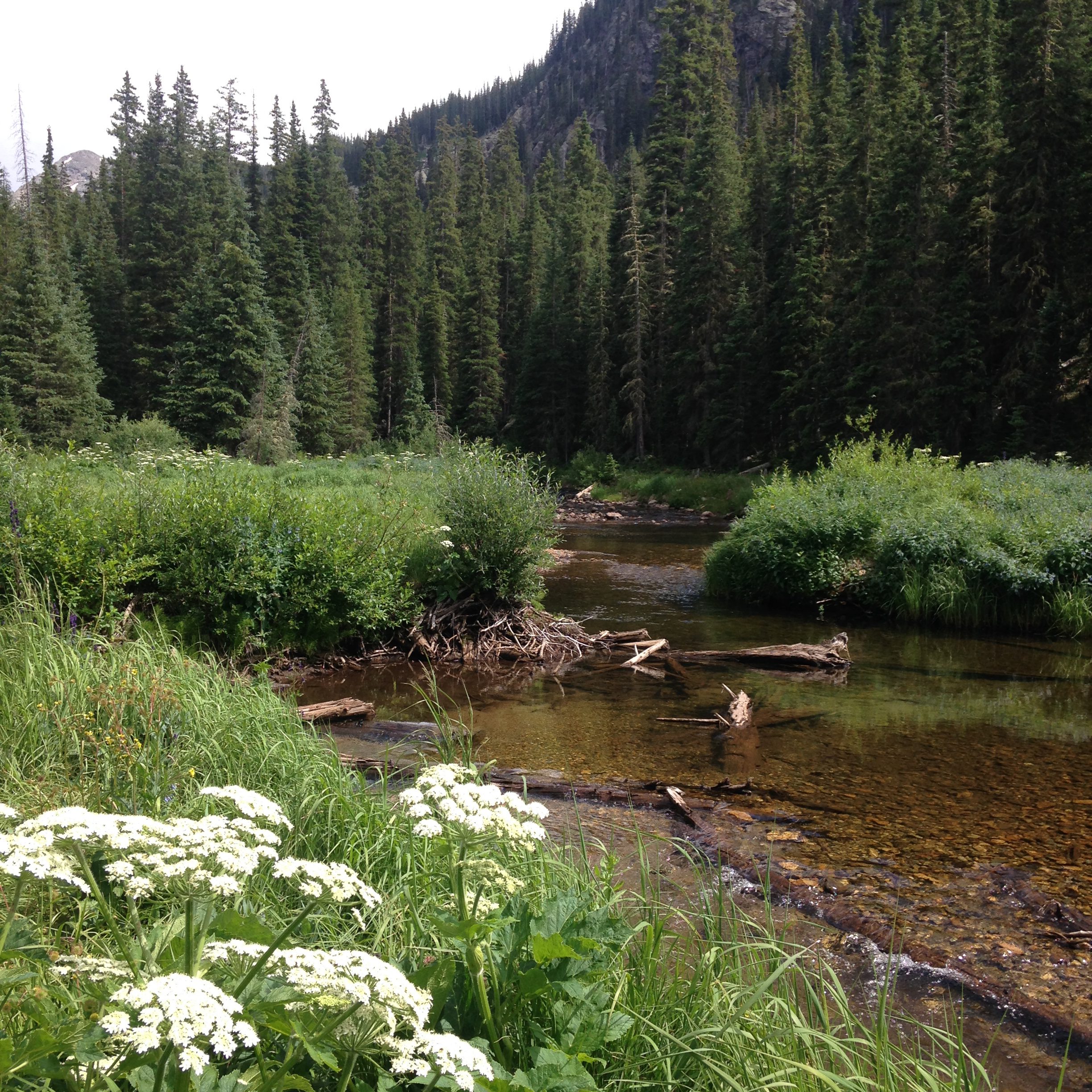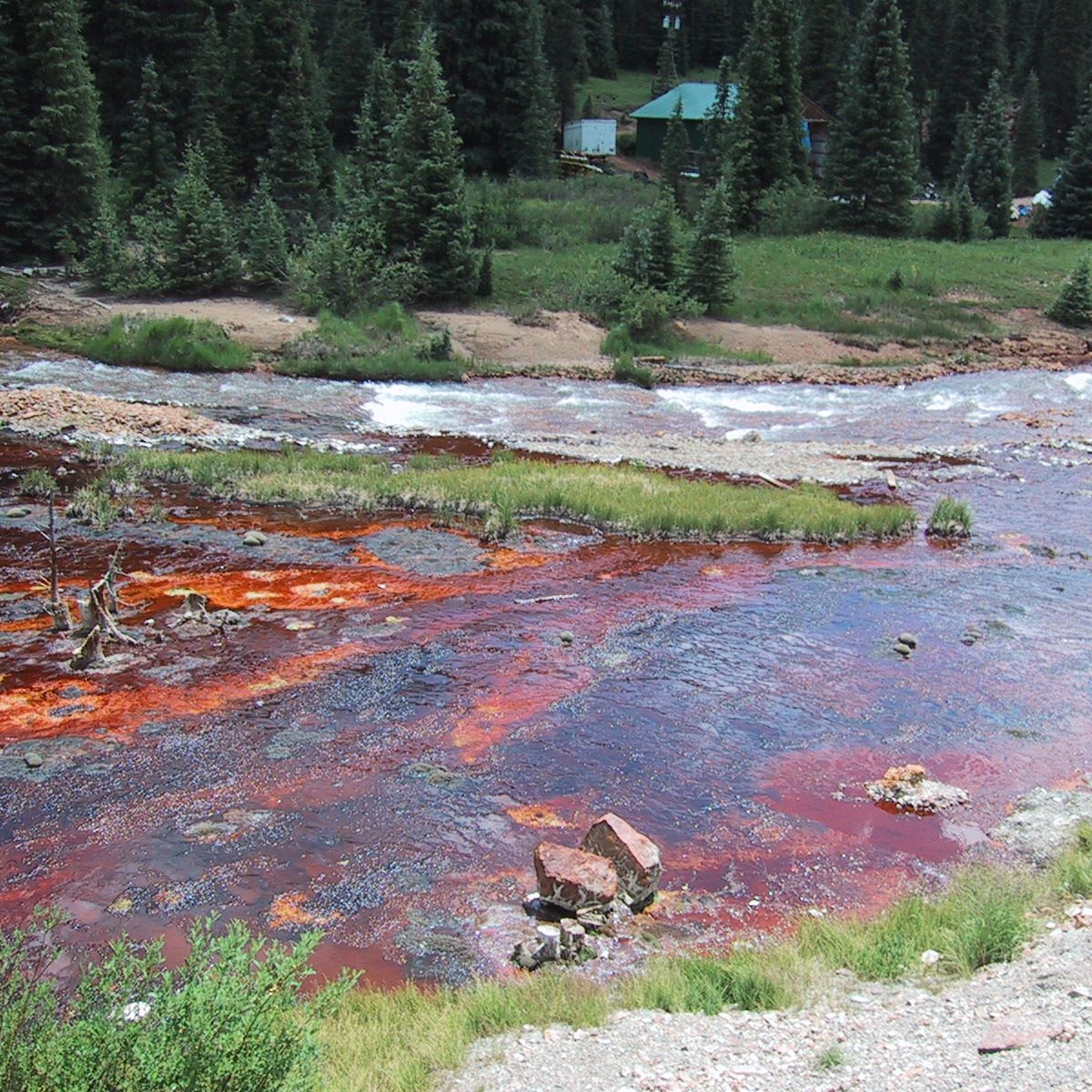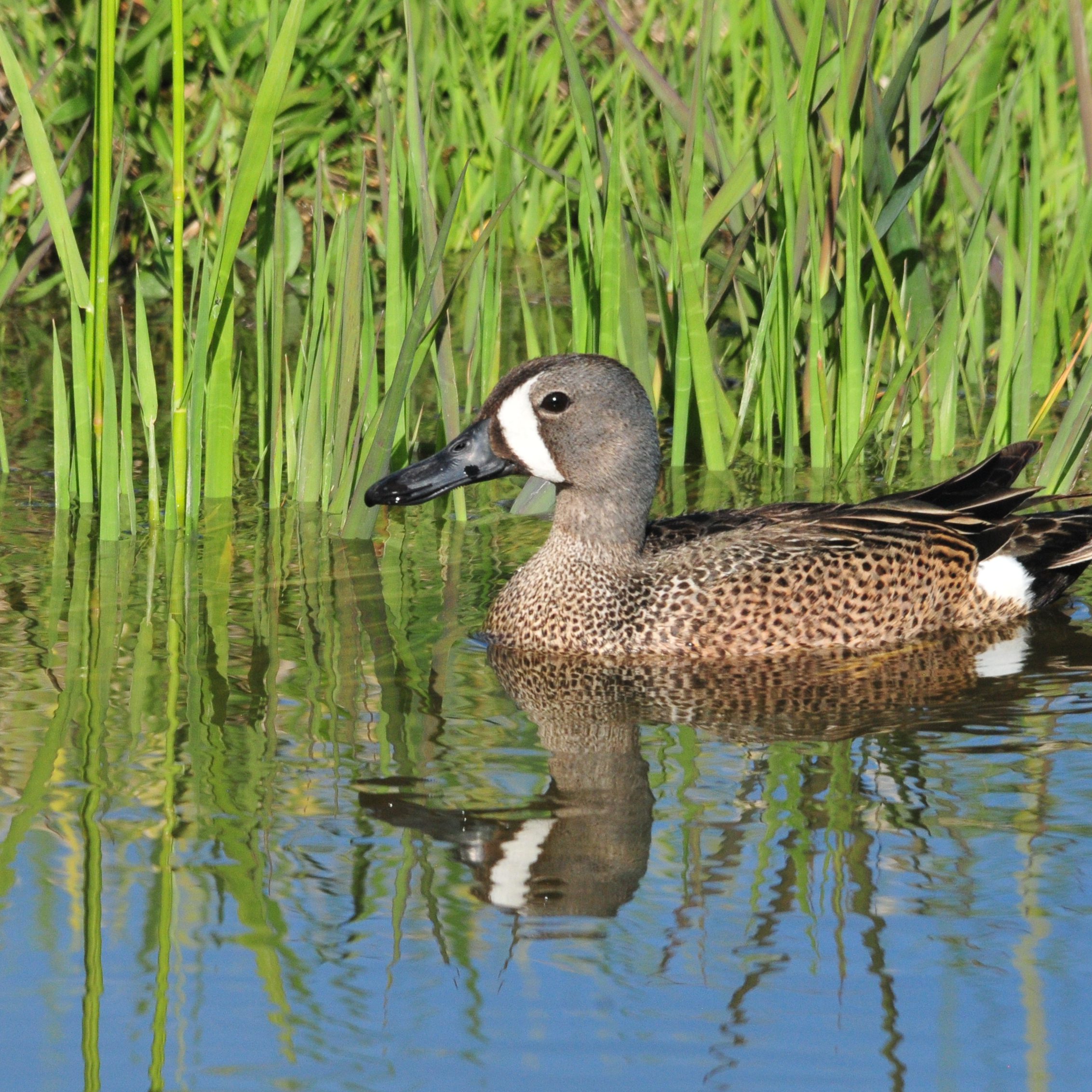Wetlands perform many essential ecological functions in Colorado's watersheds, from water storage to wildlife habitat. One of the most important functions for Coloradans is the role of wetlands in providing clean water. Wetland vegetation acts as a filter or sponge for water and sediment that may contain heavy metals, pesticides or fertilizers. Many Colorado wetlands also provide water storage during floods, buffering Colorado’s working lands, cities and towns from flood damage.

By supporting clean water, and helping store water throughout the growing season, wetlands play a key role in providing water for agriculture and cities, as well as many of Colorado's best-known recreational activities like hunting, fishing, wildlife viewing, and rafting. Wetlands also provide critical wildlife habitat. In many areas of the Intermountain West, more than 80% of wildlife species depend on wetland and riparian areas at some point in their lives. In arid climates like Colorado, where evaporation often exceeds precipitation, wetlands are irreplaceable habitats for vast numbers of ducks, shorebirds, wading birds, cranes, and raptors that either breed or stopover in wetlands during migration.
Colorado Wetland Functions
Wetlands provide a large number of functions across the state. We've provided summaries for some of the most well-documented wetland functions below.
Click a link below for details.
- Conservation of Biodiversity
- Amphibian Habitat
- Aquatic Invertebrate Habitat
- Shorebird Habitat
- Waterfowl Habitat
- Bank and Shoreline Stabilization
- Flood Attenuation
- Groundwater Recharge
- Sediment Capture and Retention
- Stream Flow Maintenance
- Carbon Sequestration and Storage
- Metal Removal and Storage
- Nitrogen Uptake and Transformation
- Phosphorus Removal and Storage
- Temperature Regulation

Conservation of Biodiversity
Wetlands are located at the interface between terrestrial and aquatic environments, and are often hotspots for a diverse array of terrestrial and aquatic wildlife and plants, including rare species. Biodiversity, or the presence of the full suite of organisms capable of inhabiting a given environment, is a critical part of maintaining Colorado’s wetland and terrestrial ecosystems into the future.
Read more

Amphibian Habitat
Wetlands provide breeding, foraging, and overwintering habitat for Colorado’s 17 species of native amphibians. All of Colorado’s amphibians require temporary or permanent standing water for breeding habitat, but many species spend the remainder of the year in adjacent terrestrial habitats.
Read more

Aquatic Invertebrate Habitat
Aquatic invertebrates, including insect larvae, inhabit wetland habitats from mountain streams to vegetated ponds in the plains. Larval and adult invertebrates are a critical food source for fish (including trout and other recreationally important species), amphibians, reptiles, shorebirds, wading birds, ducks and other waterfowl, mammals, and other wetland-dependent species, and often help break down leaves, wood, algae, and other material in streams and other aquatic environments.
Read more

Shorebird Habitat
Shorebirds like sandpipers, plovers, and curlews use a variety of Colorado wetland habitats from lake shores to river sand bars and playas. Most Colorado shorebirds are migratory species, and rely on Colorado wetlands and adjacent grassland habitats to rest, forage, and sometimes nest between seasonal flights across state and international boundaries.
Read more


Groundwater Recharge
Groundwater recharge, or downward flow of water through the soil to replenish groundwater aquifers, is a commonly cited wetland function that varies over space and time due to factors like underlying geology, soil type, surface water depth, depth to impermeable soil or rock layers, regional and local groundwater flow paths, and wetland water sources, outflows, and evapotranspiration rates (surface water evaporation + transpiration by plants).
Read more

Sediment Capture and Retention
Soil erosion and sediment transport are natural processes that are often altered or accelerated by land and water management (e.g., stream bank and channel erosion due to reduced sediment loads in streams and rivers downstream of dams, or soil erosion from tilled soil). Vegetated wetlands can stabilize soil and sediment to limit erosion, or intercept and physically filter sediment particles entrained in surface runoff or stream flow.
Read more


Carbon Sequestration and Storage
Carbon storage in wetlands is a complex phenomenon that varies across geographic areas, climates, and time (seasonal or longer time periods). Wetlands often store a disproportionately large volume of carbon for their relatively small area on the landscape, but can also be sources of methane and other greenhouse gases.
Read more

Metal Removal and Storage
Metals are naturally present in soils and rock formations, but often a concern for water quality in Colorado streams, rivers, lakes, and wetlands due to historic and current mining and industrial activities, as well as runoff from urban land use. Many of our state’s streams and rivers are on the 303(d) list of impaired waterways for metals like lead, arsenic, zinc, iron, uranium, and cadmium. Wetlands near mining areas and other sources often intercept and store metals in their soil, which can improve downstream water quality.
Read more

Nitrogen Uptake and Transformation
Some Colorado wetlands are local and regional hotspots for denitrification (nitrate removal) and processing other forms of nitrogen. This wetland function has become even more important as humans have increased the amount of available nitrogen in the environment through fertilizer application, atmospheric deposition, animal waste, and septic systems.
Read more

Phosphorus Removal and Storage
Phosphorus is a key limiting nutrient in many aquatic and terrestrial systems, and in excess, can cause eutrophication and associated algal blooms in surface water. Many Colorado wetlands capture and store (temporary or long-term) phosphorus (P) from sources like fertilizer, animal waste, septic systems, and bank erosion (P bound to soil and sediment particles).
Read more

Temperature Regulation
Many of Colorado’s fish and other aquatic organisms occupy narrow thermal niches within streams and waterbodies. Water temperatures that are too high in the summer and fall can often lead to trout and other cold water fish mortality and increased susceptibility to disease, as well as allowing competition from non-native fish species.
Read more






